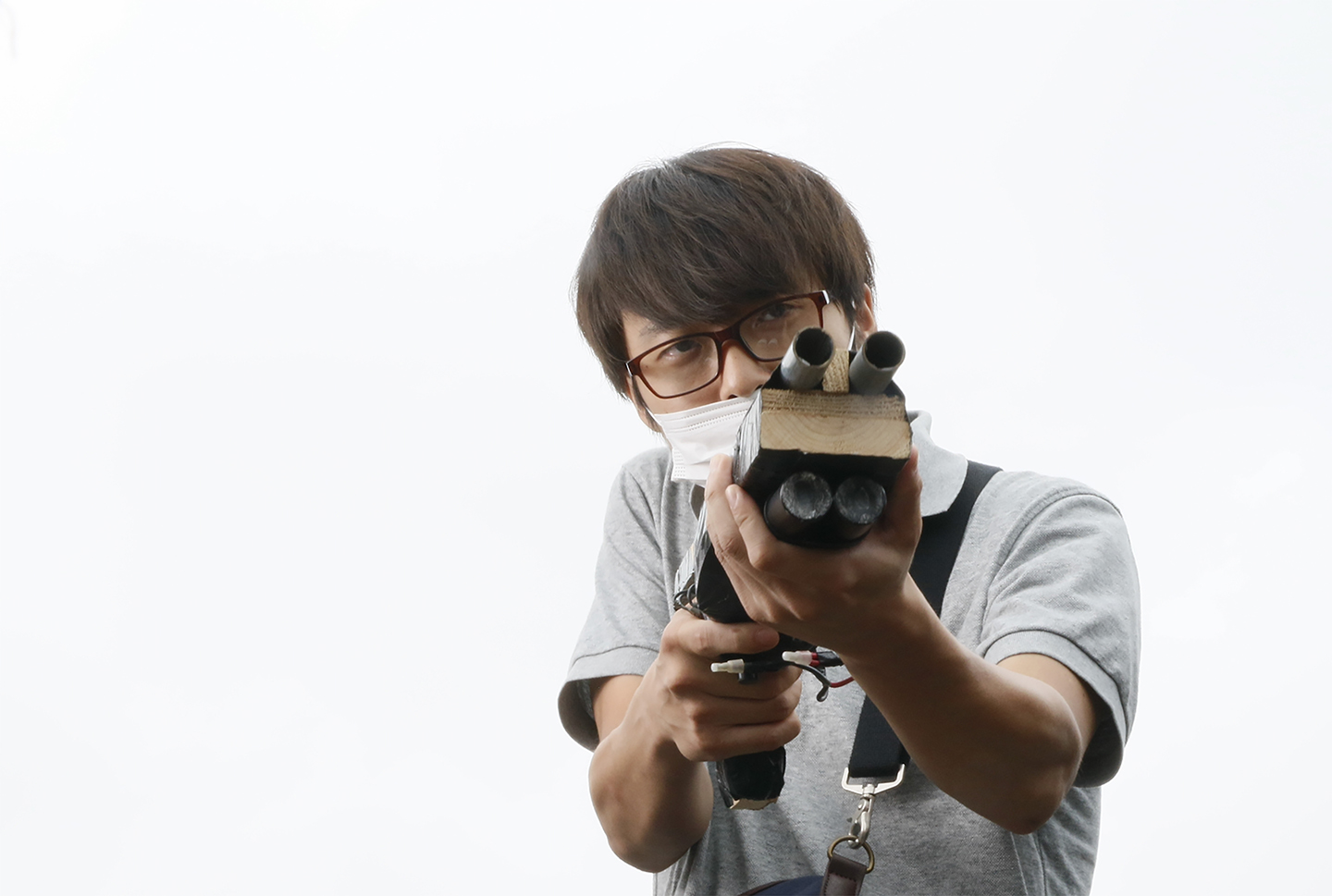Notes
1
See →.
2
On the Unification Church, see Justin McCurry, “Japan Begins Inquiry into Unification Church in Wake of Shinzo Abe Killing,” The Guardian, November 22, 2022 →.
3
Motoko Rich and Ben Dooley, “Why Japan Is Angry About a State Funeral for an Assassinated Leader,” New York Times, September 24, 2022 →.
4
On landscape theory, see →.
© 2023 e-flux and the author
